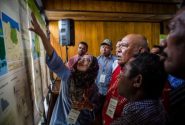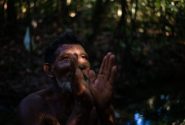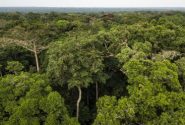We want you to share Forests News content, which is licensed under Creative Commons Attribution-NonCommercial-ShareAlike 4.0 International (CC BY-NC-SA 4.0). This means you are free to redistribute our material for non-commercial purposes. All we ask is that you give Forests News appropriate credit and link to the original Forests News content, indicate if changes were made, and distribute your contributions under the same Creative Commons license. You must notify Forests News if you repost, reprint or reuse our materials by contacting forestsnews@cifor-icraf.org.
At the latest United Nations Climate Change conference (COP27), held in Sharm El-Sheikh, Egypt, many countries stepped up to increase their targets for greenhouse gas (GHG) emission reduction – otherwise known as their nationally-determined contributions (NDCs) to the Paris Agreement on climate change. Indonesia, for instance, committed before the conference to a 31.89 percent reduction from baseline levels on its own (up from a previous commitment of 29 percent), and by 43.20 percent if it receives international support (up from a previous 41%).
For developing countries who are part of the UN’s REDD+ scheme (to reduce emissions from deforestation and forest degradation, and foster conservation, sustainable management of forests, and enhancement of forest carbon stocks), establishing baseline forest reference emission levels (FREL) is essential obligation to track progress towards reducing GHG emissions. FREL covers emissions from deforestation and – in some countries – from forest degradation and peat decomposition. In countries like Indonesia, Peru, the Democratic Republic of Congo (DRC), and the Republic of Congo (RoC), that have large amounts of standing forest – and which can contribute significantly to a country’s emissions due to land-use change – these reference levels are particularly critical.
But such reference levels are also difficult to ascertain, particularly for wetland ecosystems such as peatlands and mangroves – which hold disproportionately large amounts of carbon, but for which there is less reliable research and knowledge available than for other tropical forests. This means a number of meaningful sources and sinks of emissions have historically been under-represented in early FREL for many wetland-rich tropical countries.

Progress on Indonesia’s FREL
Indonesia has recently made considerable progress in terms of meeting such challenges. By improving forest mapping techniques, and better assessment of emission sources from the Agriculture, Forestry and Other Land Use (AFOLU) sector, the country has been successful in improving its FREL. Attempts to include both sources and sinks (due to forest regeneration) also helps in reducing existing uncertainties in these calculations.
The Center for International Forestry Research and World Agroforestry (CIFOR-ICRAF) has been conducting research on improving the transparency, accuracy, completeness, consistency, and comparability of FREL, both in Indonesia and elsewhere, as an effort to provide technical support. This included an online training workshop for Indonesian regional and national government officials to familiarize themselves with the IPCC’s guidelines on inventorying greenhouse gases in wetlands, and adopt these as the FREL was updated. New numbers on emission factors for mangrove soils and peatland fires were introduced to the participants. Methods to analyse uncertainties were also presented during this online training workshop.
In its 2022 FREL, Indonesia added key GHG sources such as emissions from peatland fires – which accounted for 27% of national emissions in 2014 –; emissions of non-CO2 gases from drained peatlands; and oxidation of excavated mangrove soils. It also accounted for sinks that had not been previously included in last FREL, such as the regeneration and natural expansion of mangroves, and below-ground biomass in mangrove forests. The researchers and policymakers involved in the process have developed more sophisticated uncertainty assessments, and integrated new and diverse forms of data to measure changes in forest carbon more comprehensively and accurately at across scales.
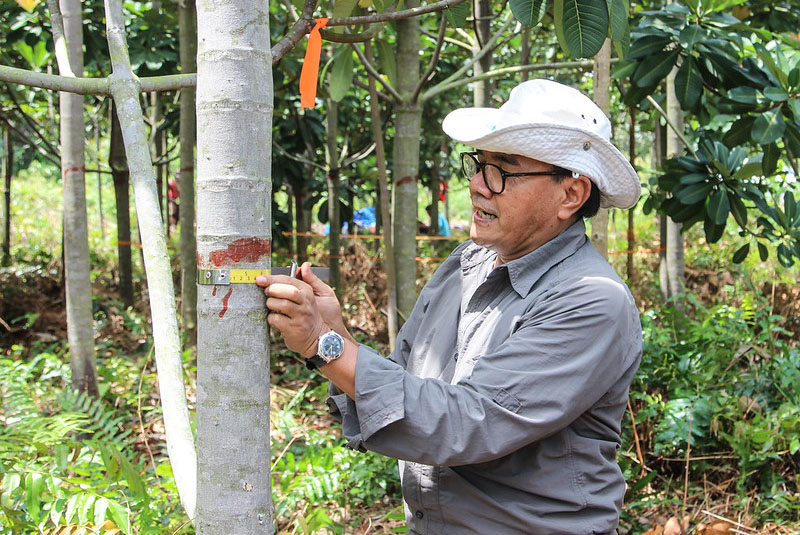
CIFOR scientist Daniel Murdiyarso explains how to place a dendrometer on trees in order to measure growth at a research site in Riau. Photo by Deanna Ramsay/CIFOR
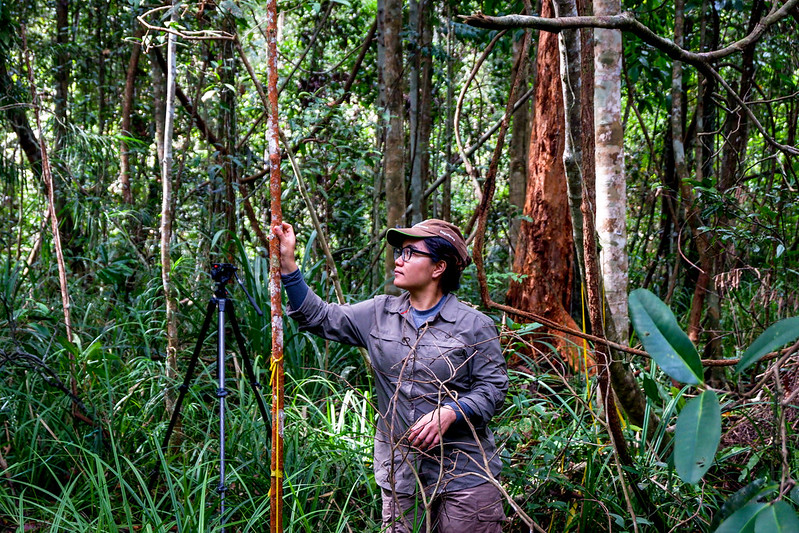
A CIFOR researcher measures tree diameter in tropical peat swamp forest. Tree diameter survey is one of step for forest carbon monitoring. Photo by Sigit Deni Sasmito/CIFOR
Following the lead: international inspiration
The moves have boosted the credibility of Indonesia’s FREL – and sparked interest from elsewhere, too. Findings from the Indonesian experience are now being used to assist CIFOR-ICRAF’s work on FREL in other peatland-rich tropical countries, including Peru, the DRC, and the RoC. The International Tropical Peatland Center (ITPC) serves as an important knowledge exchange platform, and is playing a central role in compiling and sharing information from different contexts and locations.
This FREL fine-tuning may be particularly important in African and Latin American geographic contexts. When specific emission figures for a country are unavailable, default (Tier 1) data offered by the UNFCCC is used to create its FREL. But that data is largely based on field measurements collected in Southeast Asia – especially Indonesia and Malaysia – and is unlikely to be particularly accurate in other continental contexts.
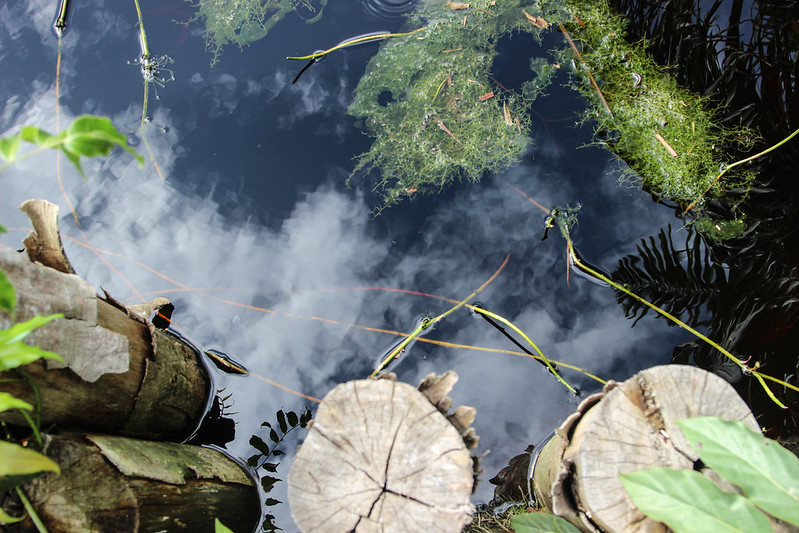
Peatlands are often drained via the building of canals that allow the water trapped within to flow away. Blocking those canals, as seen here, is one of the first steps in restoration work on peatlands. Photo by Deanna Ramsay/CIFOR
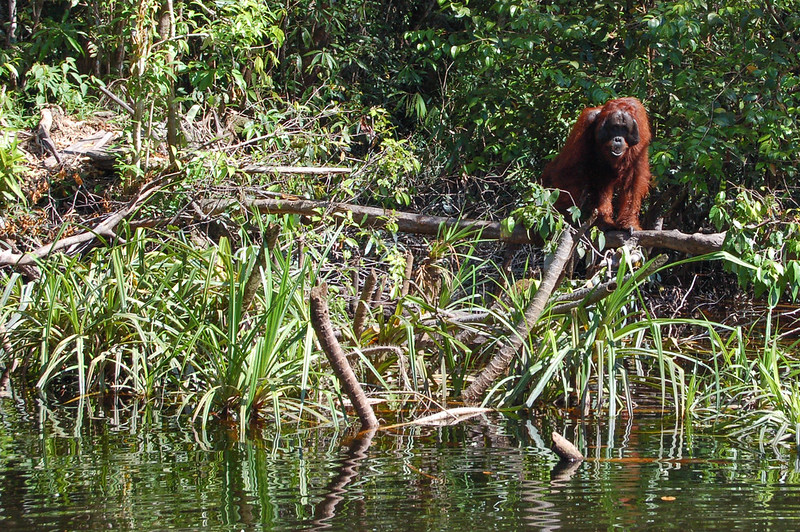
Pedro, a male orangutan, is waiting for meals on the edge of Sekonyer river, Tanjung Puting National Park, Central Kalimantan, Indonesia. Peat swamp forest also holds a crucial role as orangutan habitat. Photo by Daniel Murdiyarso/CIFOR

Peru: keeping the aguajales pumping
Peru hosts large swathes of Amazonian peatlands, which harbour rich carbon deposits. Many of these peatlands are aguajal landscapes, which are dominated by Mauritia flexuosa palm trees and are flooded for most of the year. These unique ecosystems stash immense amounts of carbon in their soil, help regulate the water cycle in the Amazon, harbour important biodiversity, and support livelihoods for local communities.
In these landscapes, CIFOR-ICRAF and the Instituto de Investigaciones de la Amazonía Peruana (IIAP) have conducted research for nine years through the Sustainable Wetlands Adaptation and Mitigation Program (SWAMP) and the Global Comparative Study (GCS) on REDD+, and have been advocating for the protection of aguajales and the ecosystem services they provide.
“Now, that work is bearing fruit,” said CIFOR-ICRAF senior scientist Kristell Hergoualc’h, who along with other CIFOR-ICRAF scientists and partners is building capacity within the NDC national technical team on greenhouse gas flux and carbon accounting, and collaborating with the government to assess emissions from peatlands, which are expected to be considered as part of its FREL.
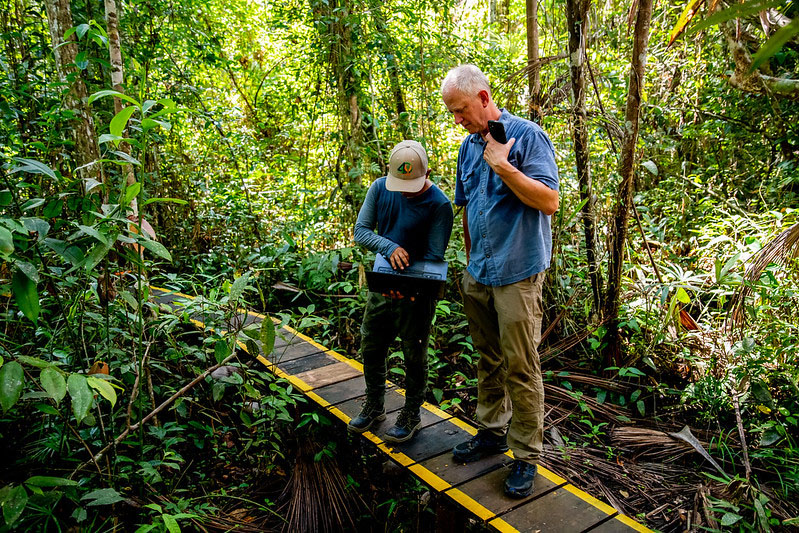
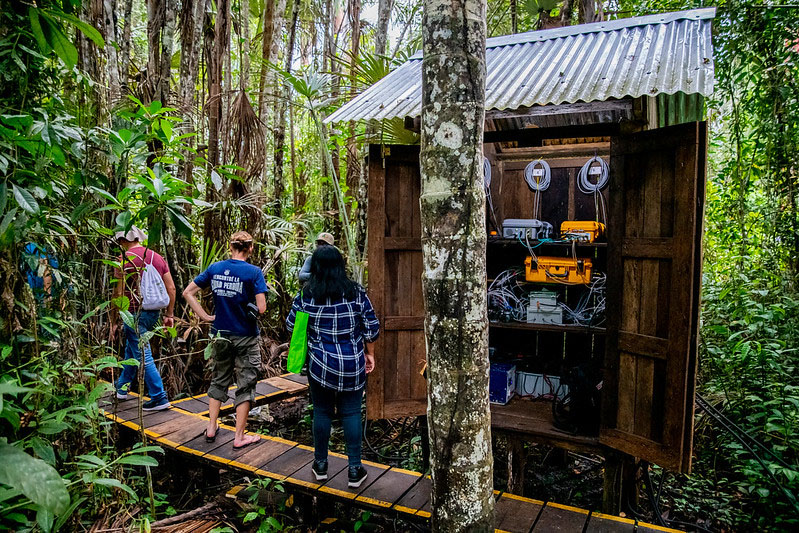
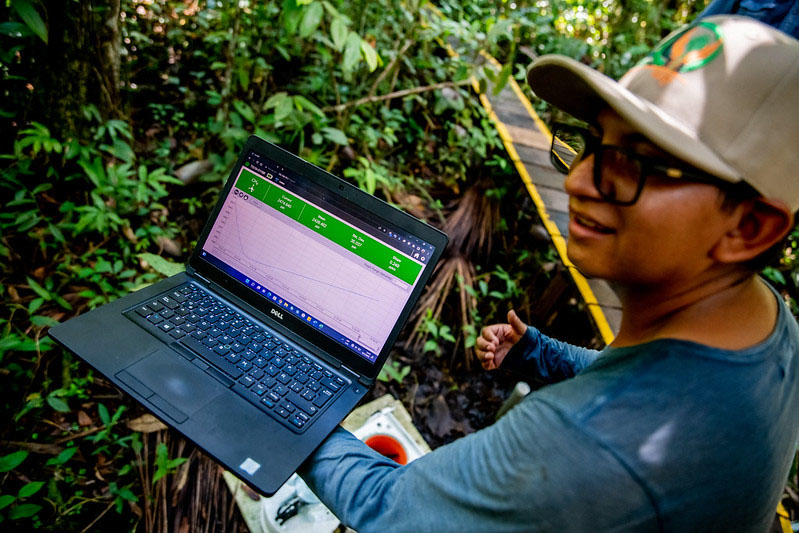

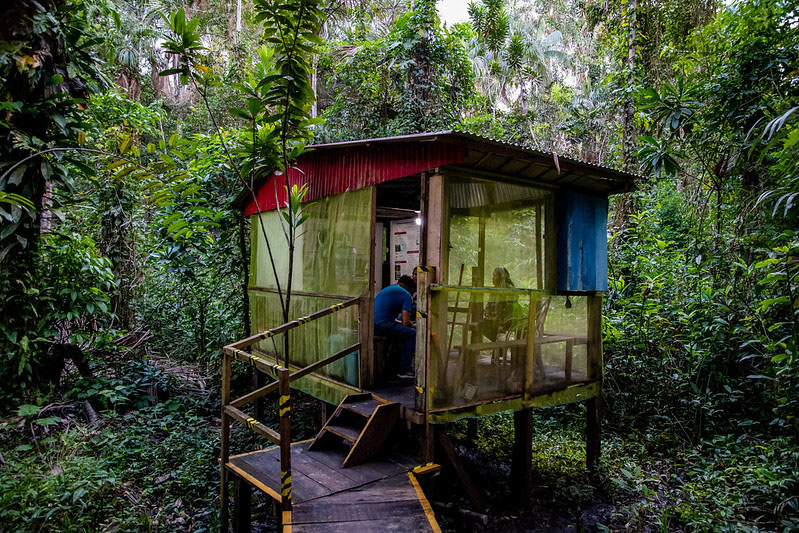

Congo Basin: accounting for the Cuvette Centrale
CIFOR’s 2017 modelling work underlined the importance of peatland coverage in Central Africa. Later that year, a study showed the vast extent and carbon storage capacity of the Congo Basin’s Cuvette Centrale peatland – the largest expanse in the world. As such, “the governments of DRC and RoC are aware that the national emission budget also needs to take this carbon pool and its dynamic into consideration,” said CIFOR-ICRAF senior scientist Denis Sonwa. Both governments have mentioned their intention to accept Indonesia’s offer to share knowledge, management tools, and lessons learned in this critical process. These collaborative efforts and learnings from each other will be foundational to the conservation and protection of peatlands, and avoidance of emissions due to land use change.
Peatlands are not yet accounted for in the countries’ FREL, but CIFOR-ICRAF – through SWAMP and the GCS on REDD+ – is continuing research and advocacy to help make this happen. Going forward, CIFOR-ICRAF continues to explore the drivers of deforestation and degradation of peatland ecosystems in the region, and mapping beyond the Cuvette Centrale. “While we are far from what had been realized in Indonesia by CIFOR over two decades, the road is being paved so that FREL dynamics in DRC and Congo will be informed by CIFOR-ICRAF and its partners’ research activities,” said Sonwa.

Next steps
There are several areas where further work is required – according to Hergoualc’h, these include elements such as considering temporal changes in emission factors for land uses such as oil palm plantations, and accounting for undrained degraded land use classes and emission reduction from rewetting peatlands.
Ultimately, said CIFOR-ICRAF principal scientist and wetlands specialist Daniel Murdiyarso, “the process of improving Indonesian FREL was exemplary, especially to ITPC member countries. We continue to work on producing higher tier of emission factors to further improve the FREL.”
Story: Monica Evans | Videos: IMPRO VisualStory teller | Web design: Gusdiyanto | Coordinator : Budhy Kristanty
We want you to share Forests News content, which is licensed under Creative Commons Attribution-NonCommercial-ShareAlike 4.0 International (CC BY-NC-SA 4.0). This means you are free to redistribute our material for non-commercial purposes. All we ask is that you give Forests News appropriate credit and link to the original Forests News content, indicate if changes were made, and distribute your contributions under the same Creative Commons license. You must notify Forests News if you repost, reprint or reuse our materials by contacting forestsnews@cifor-icraf.org.



